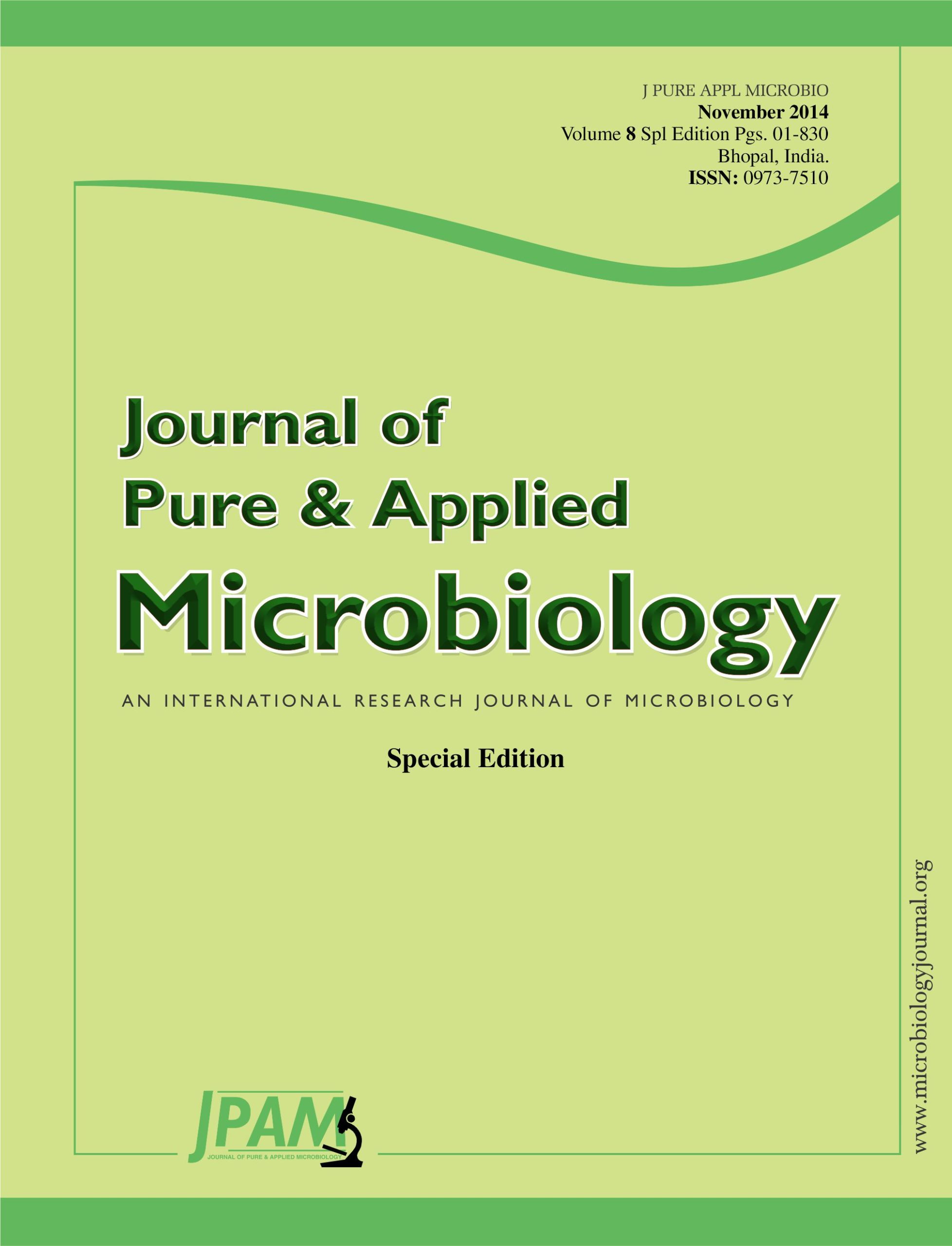This study aimed to characterize newly isolated xanthomonads, using different genetics fingerprinting techniques. Rep-PCR fingerprinting (ERIC and BOX), 16S-23S Intergenic Transcribed Spacer-PCR (ITS), 16S rDNA amplification, were used for Xanthomonads strains characterization. By combining the ERIC and BOX PCR data using the UPGMA analysis, all strains from Lobelia and Isotoma were represented in one related group with a similarity coefficient of more than 93%. The strains from Lobelia and Isotoma could be identified as Xanthomonas lobeliae. The HV strains from cotton should be named Xanthomonas axonopodispv. malvacearum race 20. The strains from Catharanthus should be named Xanthomonas axonopodis pv. catharanthi.
Xanthomonas species, 16S rDNA, rep PCR
© The Author(s) 2014. Open Access. This article is distributed under the terms of the Creative Commons Attribution 4.0 International License which permits unrestricted use, sharing, distribution, and reproduction in any medium, provided you give appropriate credit to the original author(s) and the source, provide a link to the Creative Commons license, and indicate if changes were made.


